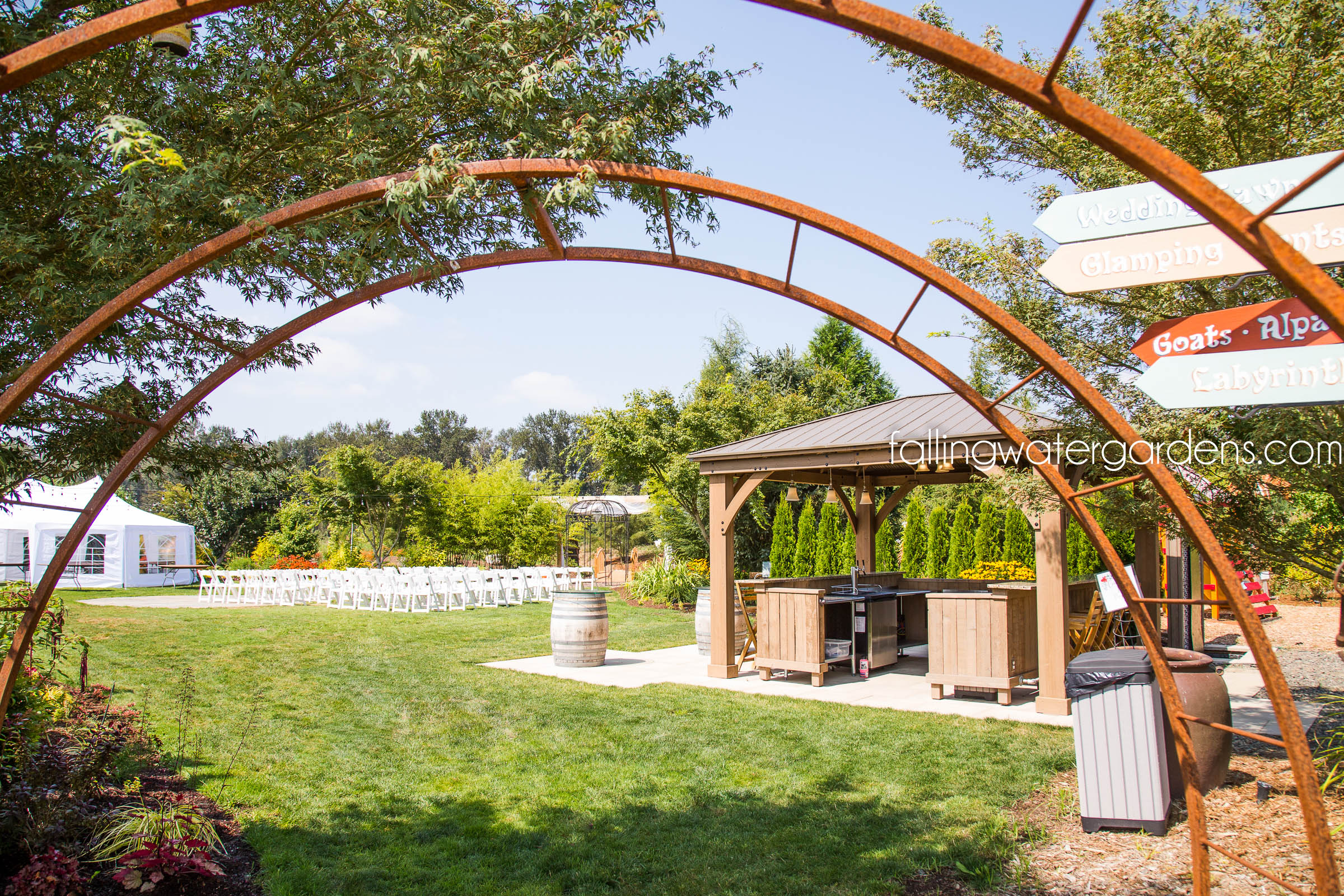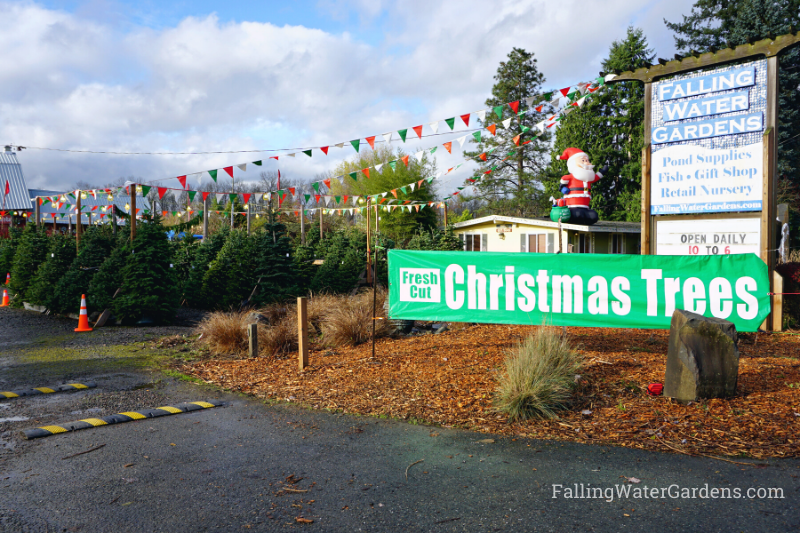How-To
About Mason Bees
 Mason bees (genus Osmia) are a type of native bee that’s quite common throughout most of the U.S. They are usually a little smaller than a honeybee, and typically metallic blue or blue-black in color. They get their name from their habit of nest-building, which is to seal off the cells where they lay their eggs, with a mortar-like application of mud.
Mason bees (genus Osmia) are a type of native bee that’s quite common throughout most of the U.S. They are usually a little smaller than a honeybee, and typically metallic blue or blue-black in color. They get their name from their habit of nest-building, which is to seal off the cells where they lay their eggs, with a mortar-like application of mud.
There are about 140 species of mason bees in North America. All are solitary bees. The males do not have a stinger, and the females will only sting if trapped or squeezed. This makes them an ideal neighbor for the home garden, since they pose little to no threat of stinging.
In the wild, mason bees lay their eggs in small natural cavities such as woodpecker holes, insect holes and hollow stems, but they seem to be just as happy to lay their eggs in artificial nesting cavities such as wooden blocks with holes drilled in them, cardboard tubes and paper straws. Because mason bees are unable to excavate their own nesting cavities, they seem to be quite happy to use whatever location is suitable.
 Female mason bees emerge in early spring and immediately begin to forage for pollen and nectar, which they collect from fruit trees, berries, flowers and vegetables. They pack this food into the far end of their nesting cavity until they decide there’s enough there to feed a young bee. Then she lays an egg and seals up the cell. This process continues until the bee has filled the entire chamber with a series of pollen/nectar/egg cells. Interestingly, the eggs that are destined to be female are always deposited at the back of the nesting chamber; the male bees will emerge first.
Female mason bees emerge in early spring and immediately begin to forage for pollen and nectar, which they collect from fruit trees, berries, flowers and vegetables. They pack this food into the far end of their nesting cavity until they decide there’s enough there to feed a young bee. Then she lays an egg and seals up the cell. This process continues until the bee has filled the entire chamber with a series of pollen/nectar/egg cells. Interestingly, the eggs that are destined to be female are always deposited at the back of the nesting chamber; the male bees will emerge first.
Once the mason bee has completely filled one chamber, she will begin filling another one. This pollen-collecting and egg-laying will continue for four to six weeks, after which the bee will die.
Mason bee larvae hatch just a few days after the eggs are laid. They munch away on the food that’s been stored in their cell, which usually lasts them about 10 days. Then the larva spins a cocoon and pupates. By autumn, the insects look like an adult bee, but they remain inside their cocoons throughout the winter. When the weather warms in the spring, the males break through first; the females emerge several days later.
 Mason bees are very effective pollinators. Just two or three females can pollinate a mature apple tree! Mason bees will also work in cool or rainy weather when honeybees are more likely to take the day off.
Mason bees are very effective pollinators. Just two or three females can pollinate a mature apple tree! Mason bees will also work in cool or rainy weather when honeybees are more likely to take the day off.
Mason bees actually prefer to make their nests close together. An artificial nesting chamber takes advantage of this trait. Bees appreciate the convenience! In the wild, their eggs are laid in natural cavities which are rarely re-used. To avoid pest and disease problems, artificial nesting boxes should be carefully cleaned or disposed of after one or two seasons of use.
Source: Gardener's Supply Company
*You can buy mason bee cocoons and mason bee homes at Falling Water Gardens.
Here is a video on how to release your mason bees:
Please note that we’ve updated our newsletter format. You may navigate through this newsletter by clicking on the page numbers below.




